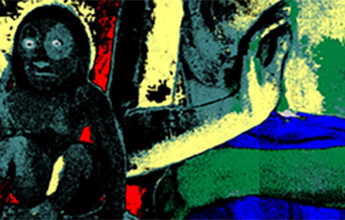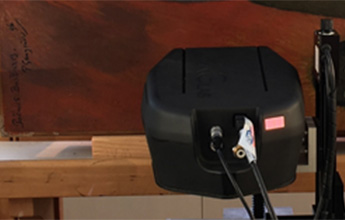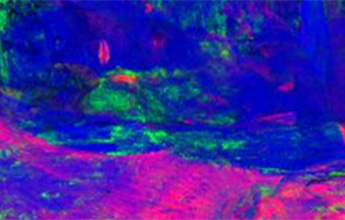About This Project
Paul Gauguin painted the enigmatic composition Poèmes Barbares during his second trip to French Polynesia in 1896. It displays a fusion of different mythologies; the animal god depicted has been identified as Ta’aroa, the Tahitian deity who is the creator of the universe, while the winged female figure combines elements of Christian and Buddhist traditions. The painting, now housed at the Harvard Art Museums, was radiographed for the first time in 2011 and, unexpectedly, an entirely different composition was discovered below the surface. Turned ninety degrees counterclockwise to a landscape orientation, Gauguin had first painted a small Tahitian scene with two horses and riders. A clearer understanding of this hidden image required a determination of the pigments comprising the palettes of the surface versus the invisible painting.



